**Note: This page is not affiliated with any official organisers of 'Don’t Step on a Bee Day'. It is an awareness day celebrated to highlight the importance of bees and pollinators. For general information, please refer to reputable online sources, and for wider bee awareness, consider exploring initiatives like World Bee Day (May 20th), organised by the United Nations.
Understanding Don’t Step on a Bee Day in EYFS & KS1
Don’t Step on a Bee Day, observed annually on July 10th, is a charming and important reminder to teach young children about the vital role bees play in our world. It's a day dedicated to fostering a love and respect for these incredible pollinators and understanding why we need to protect them, not step on them!
For early years settings, nurseries, preschools, childminders, and Year 1 and Year 2 classrooms, this day provides a gentle and engaging way to introduce fundamental concepts of nature, ecology, and respecting living creatures. It's about nurturing curiosity about the natural world and understanding how different parts of nature rely on each other. This day offers great planning ideas and inspiration for engaging activities that really resonate with young minds.
Why Is Teaching About Bees Important for Young Children?
Integrating lessons about bees and their importance into your practice with young children (aged 0-7) is incredibly important for their scientific literacy, empathy, and understanding of the environment. During their early years, children are natural explorers and observers of the world around them.
Understanding Nature's Balance: Bees are a perfect gateway to teach children about pollination, how plants grow, and how animals and plants depend on each other for survival. It shows them how interconnected nature is.
Life Cycles and Biology: Exploring bees introduces basic concepts of insect anatomy ('Bee Body Parts - Poster & Writing Sheets') and life cycles in an accessible way.
Environmental Awareness: Children learn that bees are facing challenges (like habitat loss and pesticide use), which helps foster an early sense of environmental responsibility and encourages them to become caretakers of our planet. Our 'Save the Bees!' Flowers Poster' and 'Save the Bees!' Fruit & Veg Poster' visually reinforce this message.
Overcoming Fears: For some children, insects can be scary. Learning about bees in a positive, educational context can help overcome fears and build respect for all creatures.
Appreciation for Food: Bees are crucial for pollinating many of the fruits and vegetables we eat. This helps children connect bees to the food on their plates, making the learning tangible.
Engaging Activities for Don’t Step on a Bee Day (0-7 Year Olds)
Making Don’t Step on a Bee Day a buzzing success is easy with these planning ideas and activities perfect for EYFS and KS1 children. The focus is on discovery, creativity, and understanding the wonders of bees! Many of these early years and year 1 activities can be supported by the printable resources we have available.
Here's some inspiration for bringing the message of protecting bees into your setting: (Please use your own discretion and knowledge of your children to ensure appropriateness of each activity and safety concerning any materials given and activity undertaken.)
Bee Hunt in the Garden: Take children on a "bee hunt" in your outdoor space. Look for bees buzzing around flowers. Talk about how gently they fly and what they are doing (collecting nectar and pollen). Emphasise watching from a respectful distance.
Planting Bee-Friendly Flowers: Get hands-on by planting seeds or small plants that are known to attract bees, such as lavender, sunflowers, or marigolds. Discuss how these flowers provide food for bees. This activity directly supports the message of our 'Save the Bees!' Flowers Poster' and 'Save the Bees!' Flowers Colouring' resources.
Bee Anatomy Exploration: Use our 'Bee Body Parts - Poster & Writing Sheets' to learn about the different parts of a bee's body (head, thorax, abdomen, wings, legs, antennae). Children can label the parts or simply discuss them.
Honey Tasting and Discussion: Bring in a small amount of honey for children to taste (check for allergies first!). Discuss where honey comes from and how bees make it. You can also look at pictures of honeycombs and talk about the hexagonal shapes.
Busy Bee Counting Games: Integrate maths by counting bees, flowers, or even segments of a bee's body. Our 'Bee Counting Puzzles (1-10)' are perfect for this, combining number recognition with the bee theme.
Bee Movement and Role-Play: Encourage children to move like bees – buzzing, fluttering their "wings" (arms), and collecting "nectar" from flowers. They can act out a bee's journey from flower to hive.
Bee-Themed Arts and Crafts: Create bee crafts using yellow and black paper, pipe cleaners, and googly eyes. You can also explore our 'World Bee Day!' Poster' and 'World Bee Day!' Colouring' pages for general bee celebration art.
"What Bees Give Us" Activity: Discuss and draw pictures of things we get because of bees, such as apples, berries, and other fruits and vegetables. Our 'Save the Bees!' Fruit & Veg Poster' and 'Save the Bees!' Fruit & Veg Colouring' are excellent visuals for this discussion.
Build a Bee Hotel: For a slightly more involved project, research how to build a simple bee hotel (for solitary bees, not honeybees). This provides a home for them and is a tangible way to help.
Bumblebee Exploration: Don't forget the fuzzy bumblebees! Our 'Bumblebee Activity Pack (FREE)' is a great starting point for exploring these beloved pollinators with additional teaching ideas and resources.
Learn About Bees: Read books or watch short videos about bees. Discuss how they make honey, how they help pollinate flowers, and why they are important for the environment.
Make a Bee Bath: Provide a shallow dish of water with pebbles or marbles for bees to land on and drink.
Play Bee Games: Play games like "Buzz Like a Bee" or "Find the Flower" to learn about bee behaviour. *Learn more about these games below.
Read Bee Stories: Read stories about bees and other pollinators to engage children in a fun and educational way.
*Bee related Games for Preschool/Early Years & Key Stage 1 Children
1. "Buzz Like a Bee" (Movement and Sound)
This game is all about imitation and understanding the primary sound a bee makes.
How to Play:
Introduce the Bee Sound: Start by asking children, "What sound does a bee make?" Encourage them to make buzzing sounds.
Explain the Action: Tell them that when you say "Buzz like a bee!", they need to move around the space (safely!) while making buzzing noises, perhaps wiggling their bottoms like a bee flying.
"Freeze" or "Go to the Hive": You can add a command like "Freeze!" where everyone stops buzzing and moving, or "Go to the hive!" where they gather in a designated "hive" area (e.g., a hoop, a corner of the room).
Discussion: Afterwards, you can ask questions like, "Why do bees buzz?" (To fly, to communicate), or "Where do bees live?"
Learning Points:
Sound Recognition: Reinforces the distinctive sound of a bee.
Movement: Encourages gross motor skills and imaginative play.
Basic Bee Behaviour: Introduces the idea of bees flying and buzzing.
2. "Find the Flower" (Pollination and Colour Matching)
This game helps children understand the concept of bees visiting flowers to collect nectar/pollen.
How to Play:
Prepare "Flowers": Cut out simple flower shapes from coloured paper (different colours are good). Scatter them around the play area.
Explain the Bee's Job: Tell the children, "You are now busy bees! Your job is to fly around and find flowers. Bees collect special food from flowers."
The "Nectar" Task: You can make it slightly more complex for KS1 by having small coloured pom-poms or beads (representing "nectar" or "pollen") placed on each flower. Children can use tongs or their fingers to "collect" the "nectar" from the flowers and bring it back to a central "hive" pot.
Variations:
Colour Matching: "Only find the yellow flowers!"
Counting: "How many flowers did you visit?"
Team Play: Assign teams to collect nectar from different coloured flowers.
Learning Points:
Pollination Concept: Introduces the idea that bees visit flowers.
Purpose: Helps them understand that bees collect things from flowers (nectar/pollen).
Observation/Matching: Encourages visual discrimination and counting skills.
3. "Bee Communication Dance" (Waggle Dance Introduction)
This is a simplified version of the bee's famous "waggle dance" used to tell other bees where food is.
How to Play:
Tell a Short Story: "Imagine one bee finds a super yummy flower patch far away! How does she tell her friends?"
Demonstrate: Explain that bees do a special dance. Show them a simple "waggle" by wiggling your hips and walking in a small figure-eight shape.
"Follow the Leader": One child (or you) can be the "scout bee" and do the waggle dance, pointing in a direction (e.g., towards a designated "flower patch"). The other "bees" then follow the "scout" to the "flower patch."
Swap Roles: Let different children have a turn being the "scout bee."
Learning Points:
Bee Communication: Introduces the fascinating idea that bees "talk" through dance.
Teamwork: Highlights how bees work together.
Observation: Encourages children to watch and imitate movements.
These activities offer great inspiration for making Don’t Step on a Bee Day a memorable and impactful experience in your early years and Key Stage One setting.
To explore ideas surrounding additional early years events, please visit our 'Special Dates Calendar' page.
Printable resources to support teaching & learning surrounding: ‘Don’t Step on a Bee Day’
Explore additional ‘Bee’ Printable Resources and Activity Ideas on our ‘Minibeasts’ page:
Additional Pages you may like to explore which cover relevant &/or Connected themes
More Early Years Event Pages for July
Explore special dates (including awareness dates, festivals, celebrations & events) relevant to your EYFS & KS1 children
Browse our ‘Special Dates Calendar’ page using the link below. You’ll find calendars for every month of the year to aid your planning!
SEARCH ‘LITTLE OWLS Resources’ USING THE FOLLOWING MENU BUTTONS…
Disclaimer:
This page is for educational purposes only and is intended to support early years and primary practitioners with ideas and resources related to 'Don’t Step on a Bee Day'. We are not affiliated with or endorsed by any official organisers of this specific awareness day, as it is a widely celebrated observance. We do not claim any rights to specific trademarks or official materials associated with this day. For general information, please refer to reputable online sources, and for broader bee awareness initiatives, consider exploring resources from organisations like the United Nations (for World Bee Day) or local wildlife trusts.
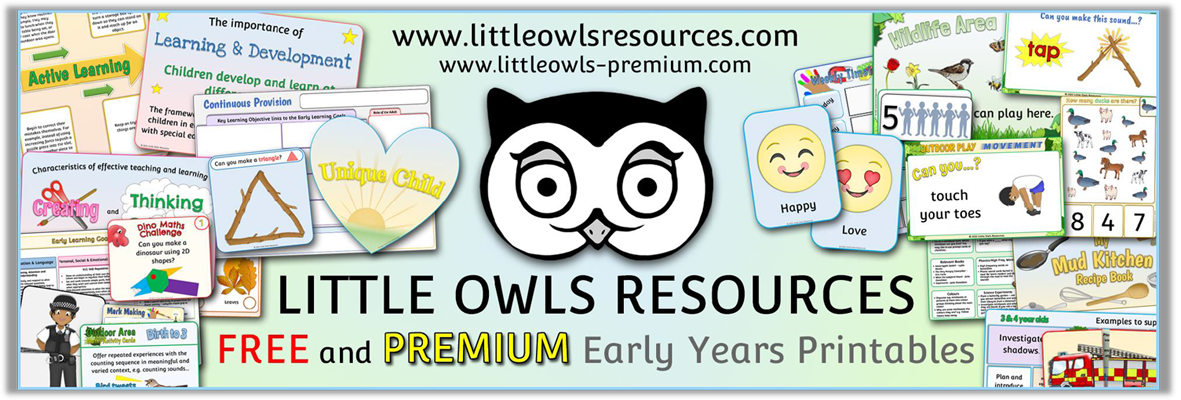




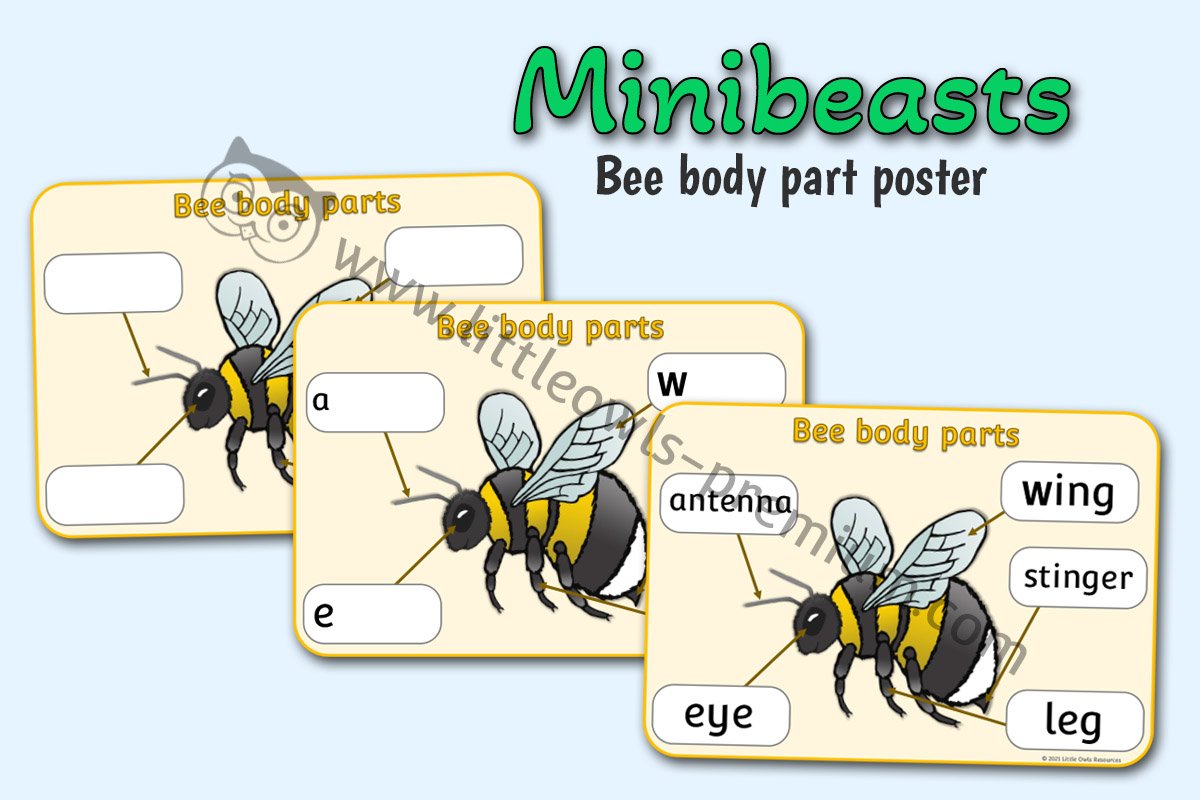

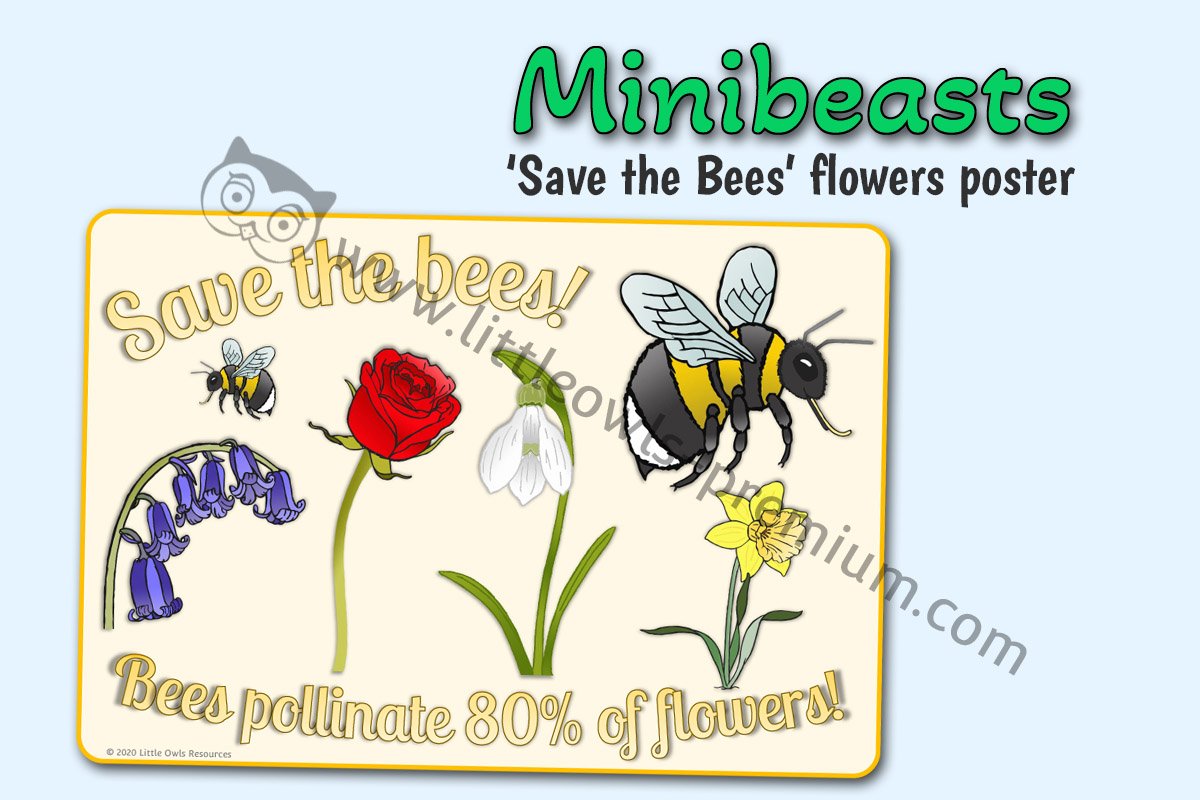






















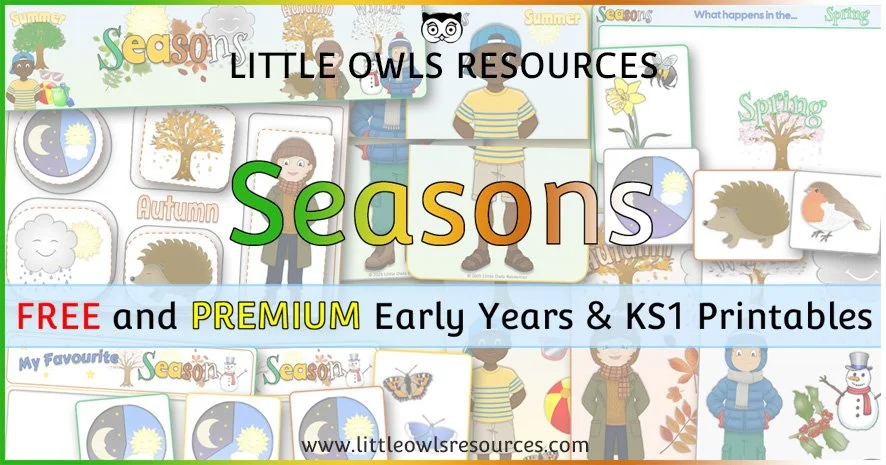

















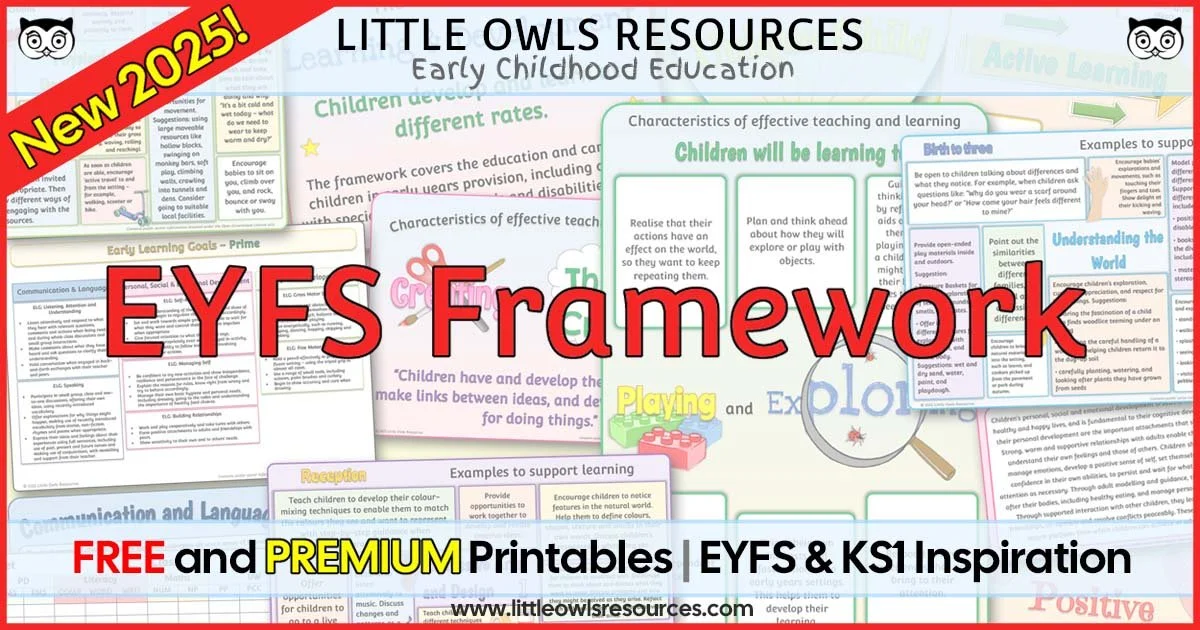

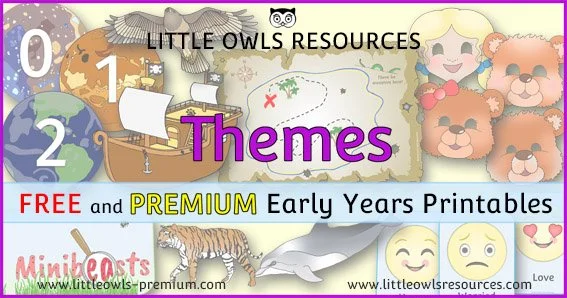

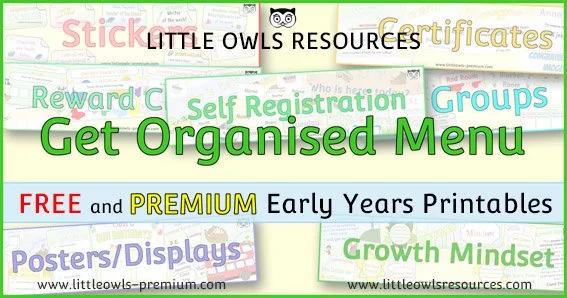


International Day of Friendship (also known as World Friendship Day), observed annually on July 30th, is a heartwarming occasion dedicated to celebrating the…